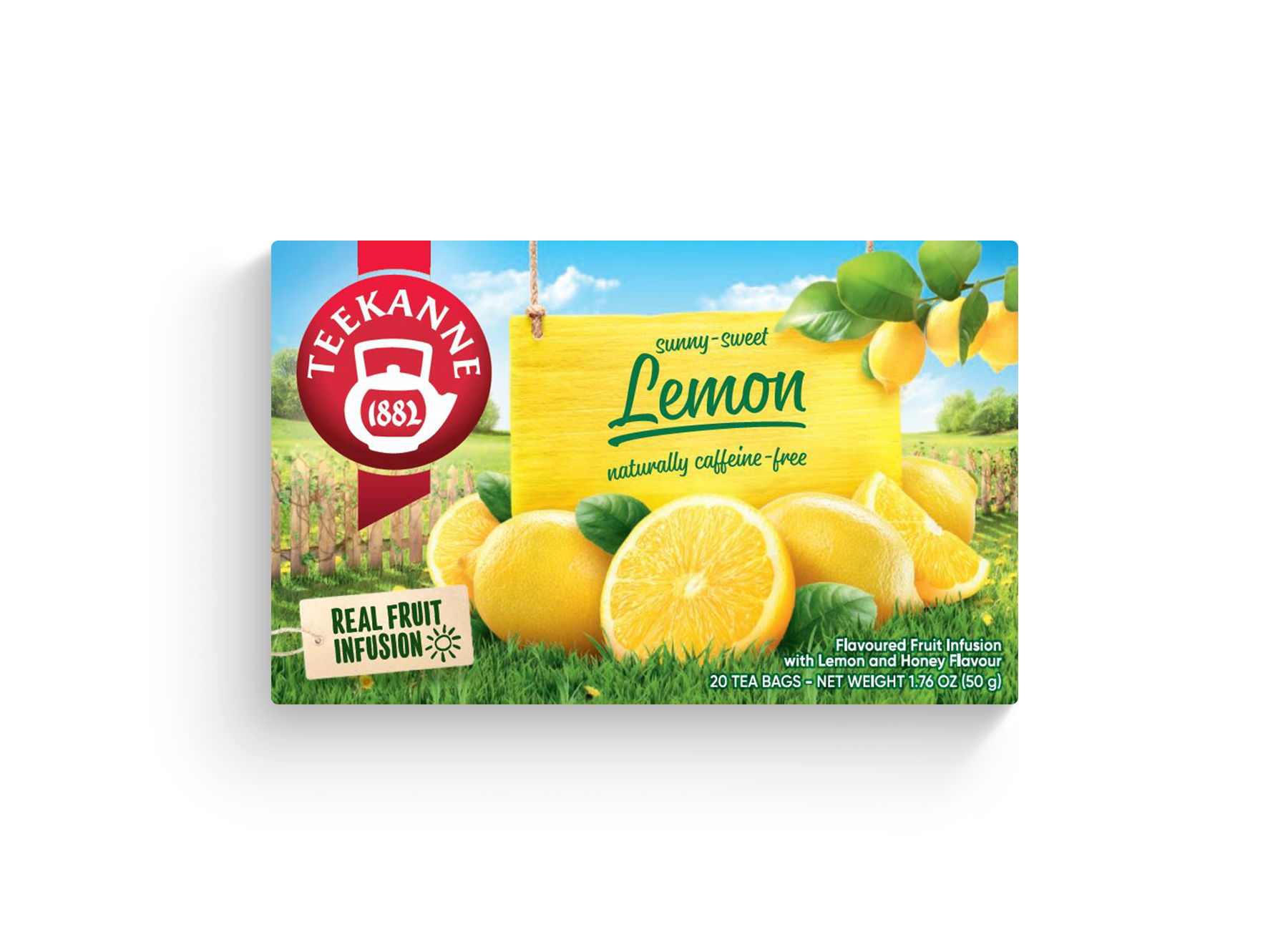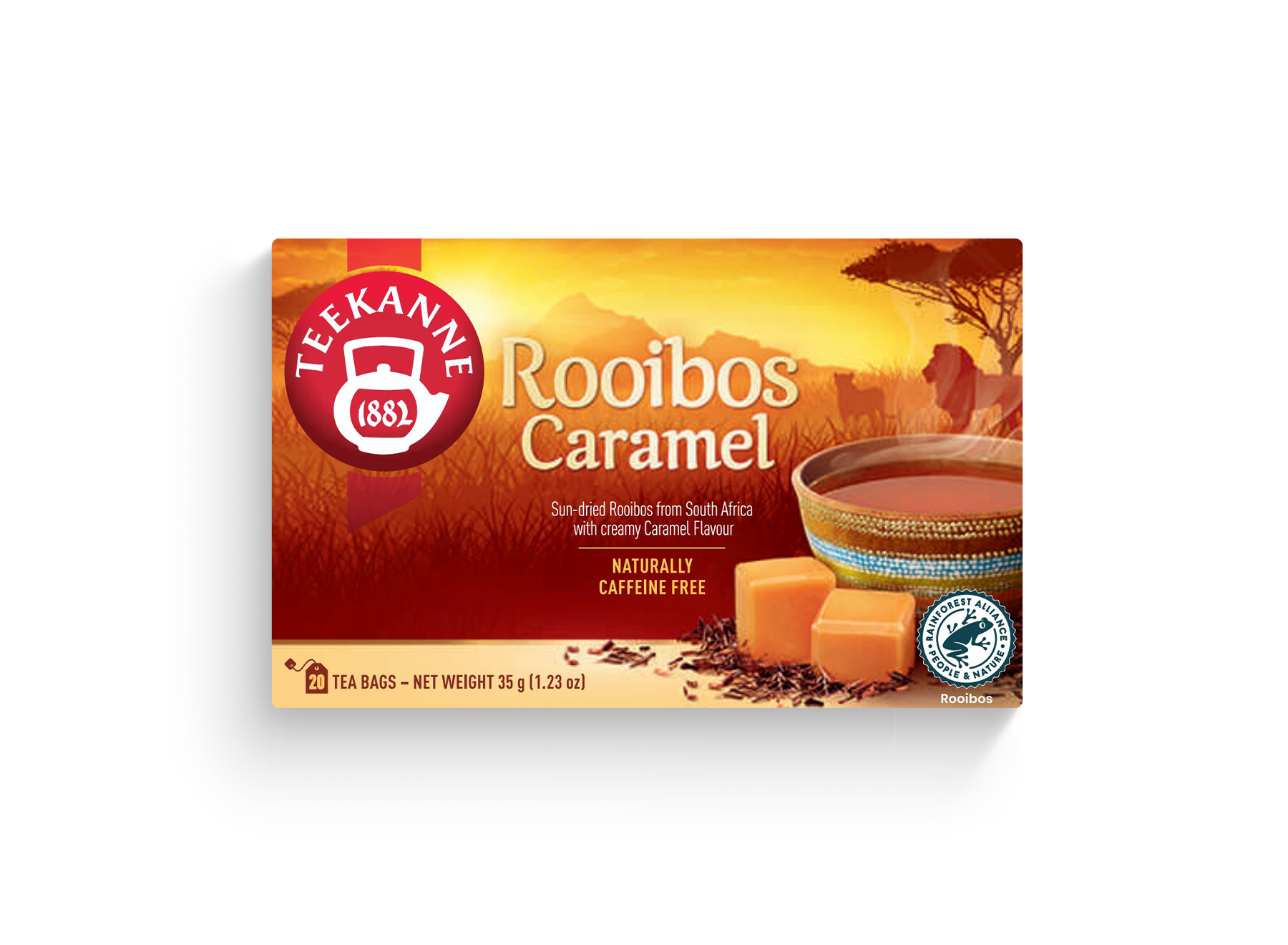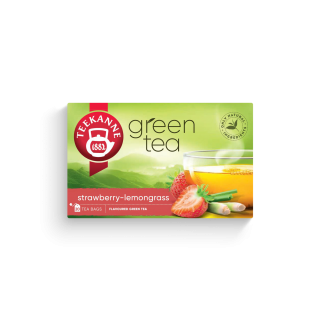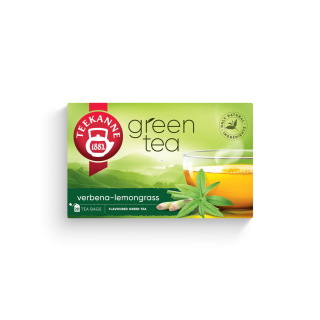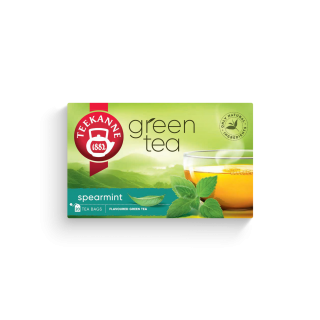Green Tea
With its fine aromas, green tea will quickly put a smile on your face. Here you will find all the answers to the important questions. How is green tea harvested and processed? What makes it so special? Are there any special ways to prepare it?
Green Tea - What Is It?
Just like various other teas – black tea, white tea, pu-erh and oolong – green tea consists of leaves, buds and stems of the tea plant (Camellia Sinensis). The differences between these many different teas lie in the way they are processed and the degree of fermentation of the tea leaves.
Fermentation of Tea - Here Lies the Secret
During fermentation, the leaf juices of the tea leaves react with the oxygen contained in the air. Already at harvest, when the leaves are picked, this process takes its course. For the dark color and typical aroma of some teas (examples: black tea and oolong), fermentation is deliberately allowed. Before the desired degree is reached, the tea leaves are withered and rolled to allow the cell sap to escape.
Green tea has a slightly different manufacturing process….
Green Tea: Production Without Fermentation
To ensure that it ferments as little as possible, green tea is handled with the utmost care. Shortly after harvesting, the leaves are then heated by roasting or steaming. This stops the fermentation and creates the fresh and tangy character of green tea and the particularly beautiful, green coloring of the tea leaves.
Does Green Tea Contain Caffeine?
In fact, green tea – just like all teas of the genus Camellia Sinensis – contains caffeine. This is particularly present in the youngest leaves of the tea plant, which are often used for the production of green tea. So for the long office days and for glorious party nights, green tea is the ideal partner.



